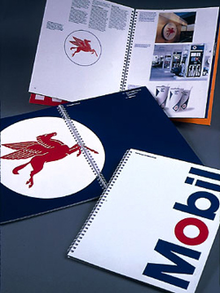It’s My BRAND… it belongs to me!
You want to know what branding means? It’s simple… It’s mine, and it belongs to me! It’s my “mark”, my label, my design, my work. No one should be able to take it from me.
I’m a carpenter by trade. I’m amazed at the number of tools that have evolved over the years yet interestingly enough, no matter how advanced a tool may become, it is still often referred to by its originally branded name. For example:
“Skill Saw” – branded by Black and Decker. Technical name is “circular saw”. Everyone still calls it a “skill saw”.
“Vice Grips” – branded by Irwin tools yet technical name is “locking pliers”.
“Crescent Wrench” – branded by Crescent. Technical name is “adjustable wrench”.
The list could go on and on. These are perfect examples of a product that was branded correctly. Your name means something and your brand should do the same.
My Brand identity
The outward expression of a brand – including its name, trademark, communications, and visual appearance – is brand identity. Because the identity is assembled by the brand owner, it reflects how the owner wants the consumer to perceive the brand – and by extension the branded company, organization, product or service. This is in contrast to the brand image, which is a customer’s mental picture of a brand.The brand owner will seek to bridge the gap between the brand image and the brand identity.
Effective brand names build a connection between the brand personality as it is perceived by the target audience and the actual product/service. The brand name should be conceptually on target with the product/service (what the company stands for). Furthermore, the brand name should be on target with the brand demographic. Typically, sustainable brand names are easy to remember, transcend trends and have positive connotations. Brand identity is fundamental to consumer recognition and symbolizes the brand’s differentiation from competitors.
Brand identity is what the owner wants to communicate to its potential consumers. However, over time, a product’s brand identity may acquire (evolve), gaining new attributes from consumer perspective but not necessarily from the marketing communications an owner percolates to targeted consumers. Therefore, brand associations become handy to check the consumer’s perception of the brand.
Brand identity needs to focus on authentic qualities – real characteristics of the value and brand promise being provided and sustained by organizational and/or production characteristics.
My Visual brand identity
The recognition and perception of a brand is highly influenced by its visual presentation. A brand’s visual identity is the overall look of its communications. Effective visual brand identity is achieved by the consistent use of particular visual elements to create distinction, such as specific fonts, colors, and graphic elements. At the core of every brand identity is a brand mark, or logo.
Color is a particularly important element of visual brand identity and color mapping provides an effective way of ensuring color contributes to differentiation in a visually cluttered marketplace
